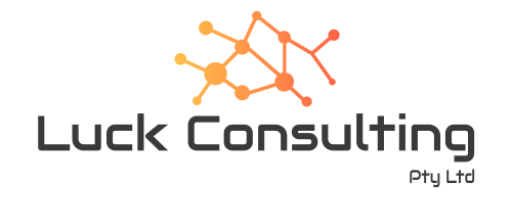I am getting a few questions lately on JSR107 caching annotations and whether implementations of JSR107 are providing them.
Caching annotations can be added to your Java classes and will invoke caching operations as the method. For example below is an annotated BlogManager.
[java]@CacheDefaults(cacheName = “blgMngr”)
public class BlogManagerImpl implements BlogManager {private static Map<String, Blog> map = new HashMap<String, Blog>();@CacheResult
public Blog getEntryCached(String title) {
return map.get(title);
}
public Blog getEntryRaw(String title) {
return map.get(title);
}
/**
* @see manager.BlogManager#clearEntryFromCache(java.lang.String)
*/
@CacheRemove
public void clearEntryFromCache(String title) {
}
public void clearEntry(String title) {
map.put(title, null);
}
@CacheRemoveAll
public void clearCache() {
}
public void createEntry(Blog blog) {
map.put(blog.getTitle(), blog);
}
@CacheResult
public Blog getEntryCached(String randomArg, @CacheKey String title,
String randomArg2) {
return map.get(title);
}
}
[/java]
Caching annotations, though defined in JSR107, are not meant to be provided by a CachingProvider such as Hazelcast. Instead they must be provided by the dependency injection containers: Spring, Guice, CDI (for Java EE). This will happen with EE in 8 which is a couple of years away. Spring support is coming in 4.1 and is available now for developers to play with in snapshot. See
https://spring.io/blog/2014/04/14/cache-abstraction-jcache-jsr-107-annotations-support for how to use it.
